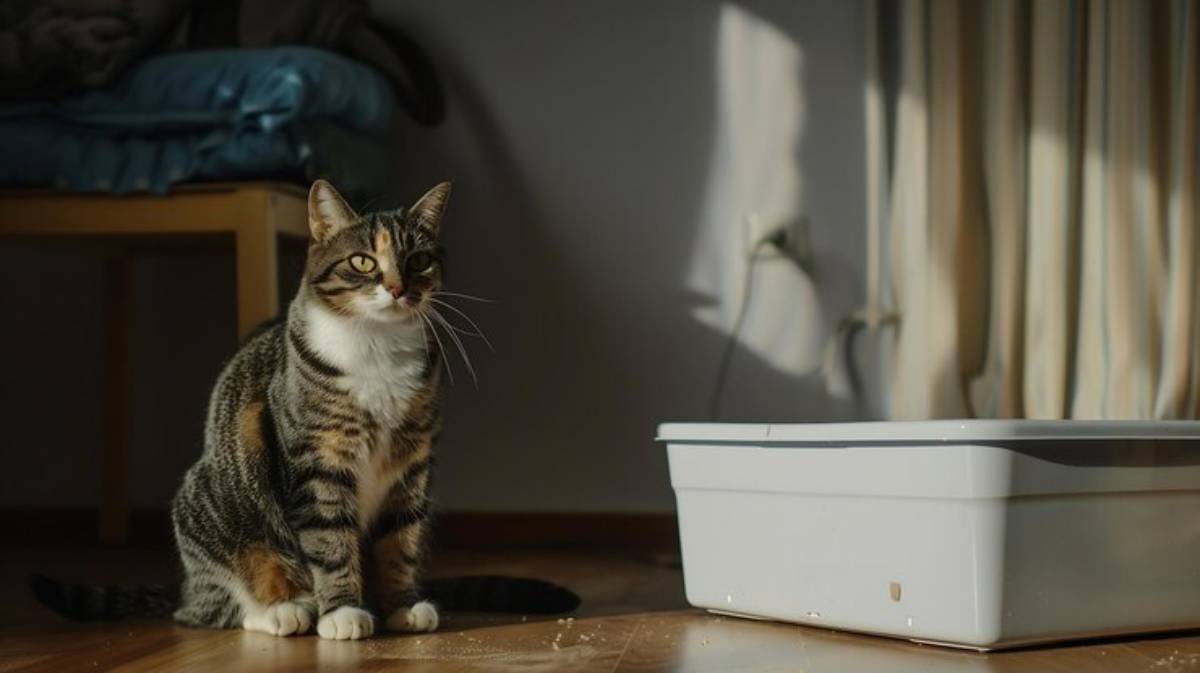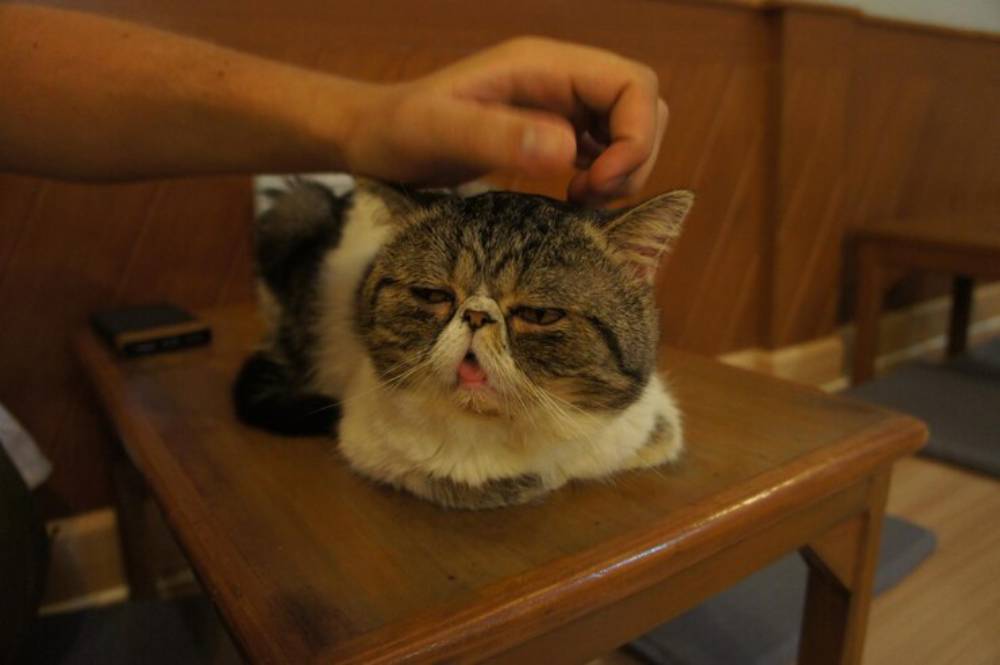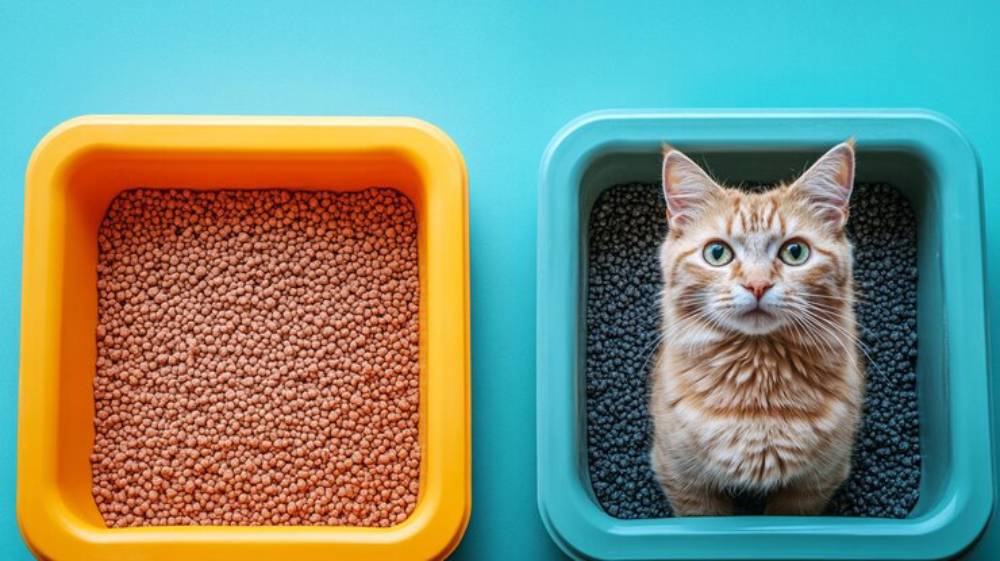
Stress and Its Impact on Litter Box Habits
It’s no secret that cats are creatures of habit. They love a good pattern, from their meticulous grooming routines to their silent midnight zoomies. So, when your once well-behaved kitty suddenly starts peeing outside the litter box, it’s not just frustrating—it’s confusing. The immediate thought might be that your cat’s being naughty or acting out. But here’s a little secret many cat owners don’t realise: stress is often the silent culprit.
Whether it’s a new baby, a house move, or just a new brand of litter, changes in your cat’s environment can trigger stress, leading to unpleasant litter box habits.
In this post, we’re diving deep into the emotional world of our feline friends. We’ll explore how stress affects their behaviour, why the litter box becomes a focal point of that stress, and—most importantly—how you can help your anxious cat reclaim their calm (and their litter tray).
Let’s decode the mystery of cat stress litter box issues and guide you towards a cleaner, happier home for both of you.
What Does Cat Stress Look Like?

Spotting the Signs of an Anxious Cat
Cats might not sob into their paws or shout about their feelings, but they have their own language regarding stress. Recognising early signs is key to helping your pet feel safe again.
Common stress-induced behaviours include:
- Avoiding the litter box altogether
- Over-grooming or excessive shedding
- Hiding in unusual places
- Sudden aggression or irritability
- Loss of appetite
- Vomiting or diarrhoea
One cat owner, Sarah from Bristol, shared how her tabby Milo started urinating on the kitchen floor after she started working night shifts. “I thought he was punishing me,” she said. “But once I realised he was anxious about the change in routine, it all made sense.”
Understanding Cat Stress Litter Box Avoidance
Why the litter box, though? It’s a good question.
Think of the litter box as your cat’s bathroom and personal space. If your cat is stressed, that area might start to feel unsafe, unfamiliar, or even hostile. Alternatively, they might associate the box with something unpleasant—perhaps a painful urinary tract infection or being startled during a toilet trip.
Stress-induced litter problems aren’t about rebellion but a cry for help.
The Root Causes of Stress-Induced Litter Problems
Understanding what’s causing your cat’s stress is crucial. Here are some common triggers that could be upsetting your furry friend:
1. Changes in Environment
Cats thrive on routine. Any disruption can send them into a tailspin.
- Moving house or furniture rearrangements
- Renovations or loud noises
- New family members (human or pet)
- Change in litter type or box location
If your cat suddenly has to adapt to a different-smelling litter or an entirely new flat layout, it can be like learning to use a new toilet blindfolded!
2. Health Issues
Sometimes, what seems like behavioural stress is physical discomfort.
Conditions to rule out include:
- Urinary tract infections
- Bladder stones or crystals
- Arthritis (making getting into the litter box difficult)
- Diabetes or kidney disease
Tip: If your cat suddenly starts urinating outside the box, see your vet first. Always rule out medical issues before assuming they are behavioural.
3. Inter-Cat Conflict
In multi-cat households, territorial stress is a big deal. Litter boxes can become battlegrounds. If one cat is bullying another away from the tray, the more submissive cat might go elsewhere to avoid confrontation.
The general rule is that you should have one litter box per cat, plus one extra, and spread them out across your home.
Behavioural Solutions: Reclaiming Calm and Cleanliness
Step 1: Address Medical Concerns First
Always start by ruling out illness. Once your vet gives the all-clear, it’s time to work on stress reduction.
Step 2: Create a Safe, Predictable Environment
Cats love stability. You can offer that by:
- Keeping feeding and play times consistent
- Avoiding loud noises and chaos near the litter tray
- Offering quiet hiding spots (cat caves or high perches)
- Maintaining a clean, odour-free litter box
Even a minor tweak, like switching to a scented litter, can be unsettling. Many cats prefer unscented, fine-grain litter that feels soft under their paws.
Step 3: Offer More Litter Box Options

This is especially crucial for multi-cat homes.
Best practices:
- One box per cat, plus one
- Separate locations (not side by side)
- Covered boxes can trap odours—many cats prefer open ones
- Scoop daily and thoroughly replace litter every 1–2 weeks
Step 4: Reduce Triggers and Provide Enrichment
If your cat is reacting to boredom, fear, or lack of stimulation.
Try:
- Regular interactive play (wands, feather toys)
- Puzzle feeders to engage the brain
- Feliway diffusers, which release calming pheromones
- Window perches for safe bird-watching
An active, mentally stimulated cat is less likely to develop anxious behaviours.
Step 5: Behavioural Therapy (Yes, It’s a Thing!)
If your cat’s anxiety is deeply rooted, working with a feline behaviourist can help. They’ll assess your home and your cat’s routines and identify specific triggers.
Don’t be afraid to seek professional help. You’re not failing—you’re just understanding your cat’s needs more deeply.
Luna’s Journey to the Box
Let’s talk about Luna, a rescue cat adopted by a young couple in Manchester. She was sweet but shy and refused to use her litter box for the first few weeks, opting instead for the hallway carpet.
After a vet check ruled out UTIS, her owners made a few key changes:
- Moved the litter box to a quieter, more private location
- Used unscented litter and cleaned it daily
- Added a second box in another room
- Began a daily play routine using feather toys and treats
Within a week, Luna stopped avoiding the box. Now, she happily uses her litter tray—and even waits for it to be scooped before going again (diva mode activated!).
Be Your Cat’s Calm in the Chaos
When your cat is stressed, it doesn’t have the words to tell you. Instead, it shows it through its behaviour—and yes, sometimes that means missing the litter tray. But that doesn’t make it bad or broken. It means it needs your patience, understanding, and support.
Stress-induced litter problems are solvable. With detective work, environmental adjustments, and much love, you can help your anxious cat feel secure again.
Let’s face it—cleaning up after a litter box accident isn’t exactly glamorous. But what if those accidents are a sign your cat is struggling silently? Once you understand how stress and anxiety can manifest through litter habits, it opens up a whole new way of relating to your pet.


